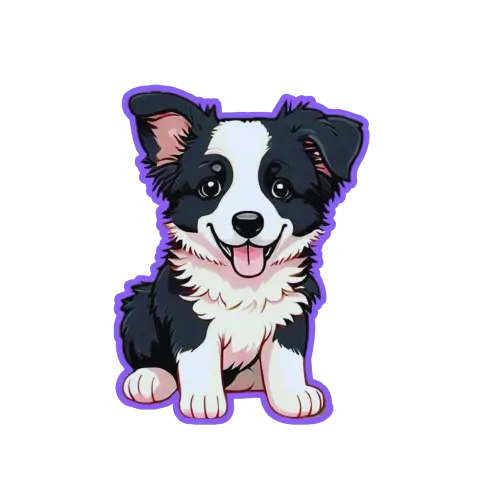Introduction
Are you looking for ways to strengthen the bond between you and your furry friend? Do you want to give your dog a fun and exciting way to burn off energy and get some exercise? Look no further than roughhousing! In this article, we’ll dive into what roughhousing is, why it’s so important for dogs, and provide tips on how to do it safely and effectively.
What is Roughhousing?
Roughhousing is a type of playtime that involves physical activity, such as wrestling, chasing, and tug-of-war. It’s a way for your dog to get some exercise, have fun, and learn important social skills like boundaries and cooperation. Unlike regular playtime, roughhousing is more intense and physically demanding, which makes it an excellent way to burn off excess energy and reduce anxiety in dogs.
Why is Roughhousing Important for Dogs?
Roughhousing has numerous benefits for dogs, including:
- Burns off excess energy: Dogs need to move their bodies and get some exercise. Roughhousing provides a fun and engaging way to do just that.
- Reduces anxiety: Physical activity can help reduce stress and anxiety in dogs.
- Improves social skills: Roughhousing teaches your dog important social skills like boundaries, cooperation, and communication.
- Strengthens bond between humans and dogs: Engaging in roughhousing with your dog strengthens the bond between you and your furry friend.
- Provides mental stimulation: Roughhousing provides a fun and engaging way to challenge your dog’s problem-solving skills.
Tips for a Successful Roughhousing Session
To ensure a successful roughhousing session, follow these tips:
- Set boundaries: Make sure you set clear boundaries and rules for playtime to prevent accidents and injuries.
- Read your dog’s body language: Pay attention to your dog’s body language and adjust your playstyle accordingly. If your dog seems uncomfortable or overwhelmed, it’s time to take a break.
- Choose the right location and environment: Select a safe and comfortable location for playtime, such as an open field or a securely fenced backyard.
- Select suitable toys or props: Choose toys or props that are appropriate for roughhousing, such as a sturdy tug toy or a soft, plush ball.
- Encourage your dog to engage: Encourage your dog to participate in playtime by using positive reinforcement techniques like praise and rewards.
Safety Considerations
While roughhousing can be an excellent way to spend time with your dog, it’s essential to keep safety in mind. Some potential hazards associated with roughhousing include:
- Injuries: Dogs can get hurt during playtime if they’re not properly supervised or if the activity is too intense.
- Overexertion: Dogs can overexert themselves during playtime, which can lead to exhaustion and even heatstroke.
To prevent and handle common safety issues during playtime, follow these tips:
- Supervise playtime: Always supervise your dog during roughhousing sessions to ensure their safety.
- Start slow: Start with short, gentle play sessions and gradually increase intensity and duration as your dog becomes more comfortable.
- Watch for signs of exhaustion: Pay attention to your dog’s body language and take breaks if they seem exhausted or uncomfortable.
Common Challenges and Solutions
Some common challenges that may arise during roughhousing sessions include:
- Fear: If your dog seems fearful or hesitant, it’s essential to approach playtime slowly and gently.
- Aggression: If your dog becomes aggressive during playtime, it’s time to take a break and reassess the situation.
- Lack of interest: If your dog doesn’t seem interested in roughhousing, try introducing different toys or props to see what they enjoy.
Solutions for these challenges include:
- Positive reinforcement: Use positive reinforcement techniques like praise and rewards to encourage desired behaviors.
- Redirection: Redirect your dog’s energy into more appropriate activities, such as a fun game of fetch.
- Patience: Be patient with your dog and remember that it may take time for them to adjust to new activities.
Conclusion
Roughhousing is an excellent way to spend quality time with your dog, strengthen the bond between you and your furry friend, and provide exercise and mental stimulation. By following these tips and keeping safety in mind, you can create a fun and engaging roughhousing experience for both humans and dogs.
Remember, every dog is unique, so it’s essential to tailor your approach to their individual needs and personality. If you’re unsure about the best way to introduce roughhousing into your dog’s routine or have concerns about their behavior during playtime, consult with your local veterinarian for personalized advice. Happy playing!
